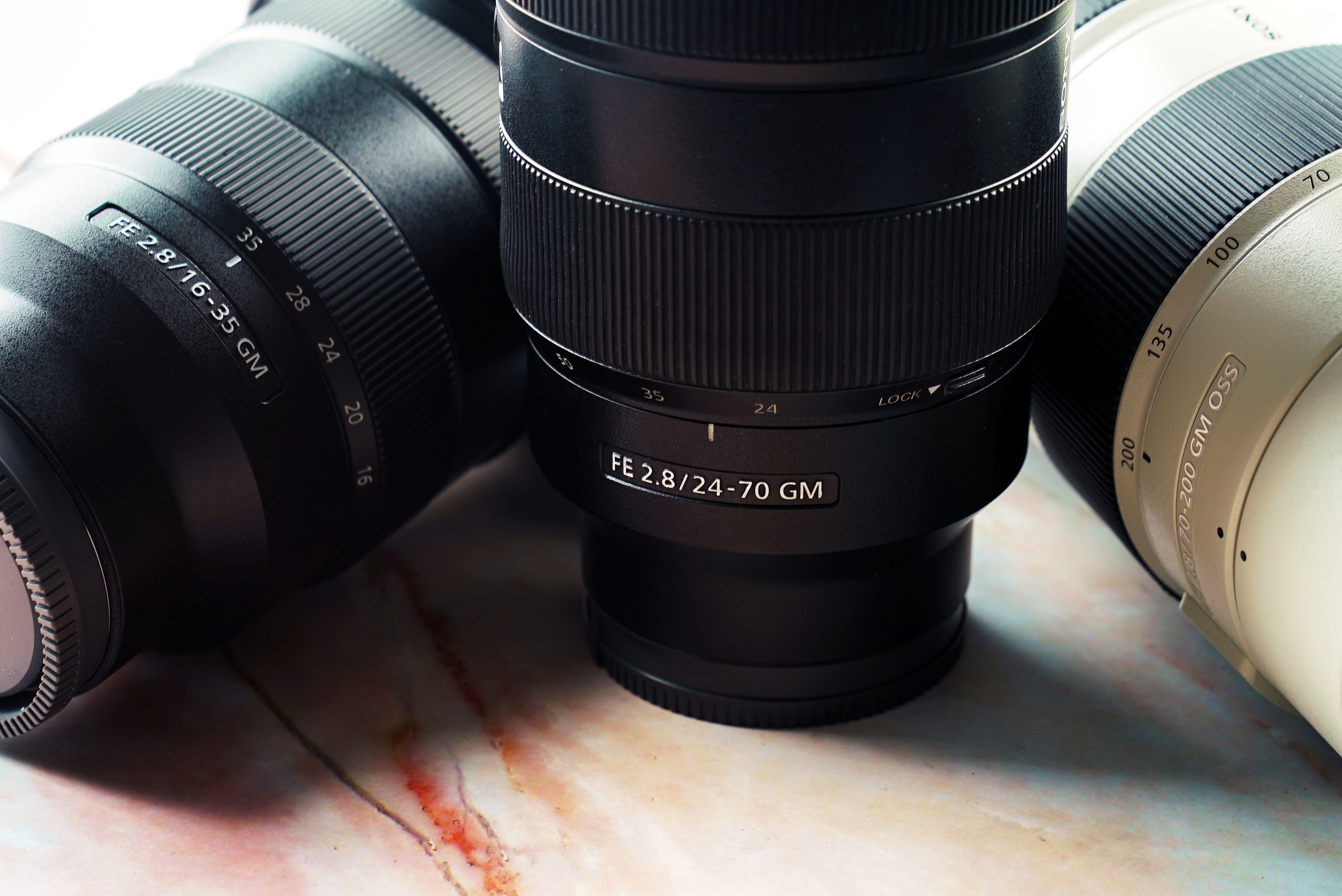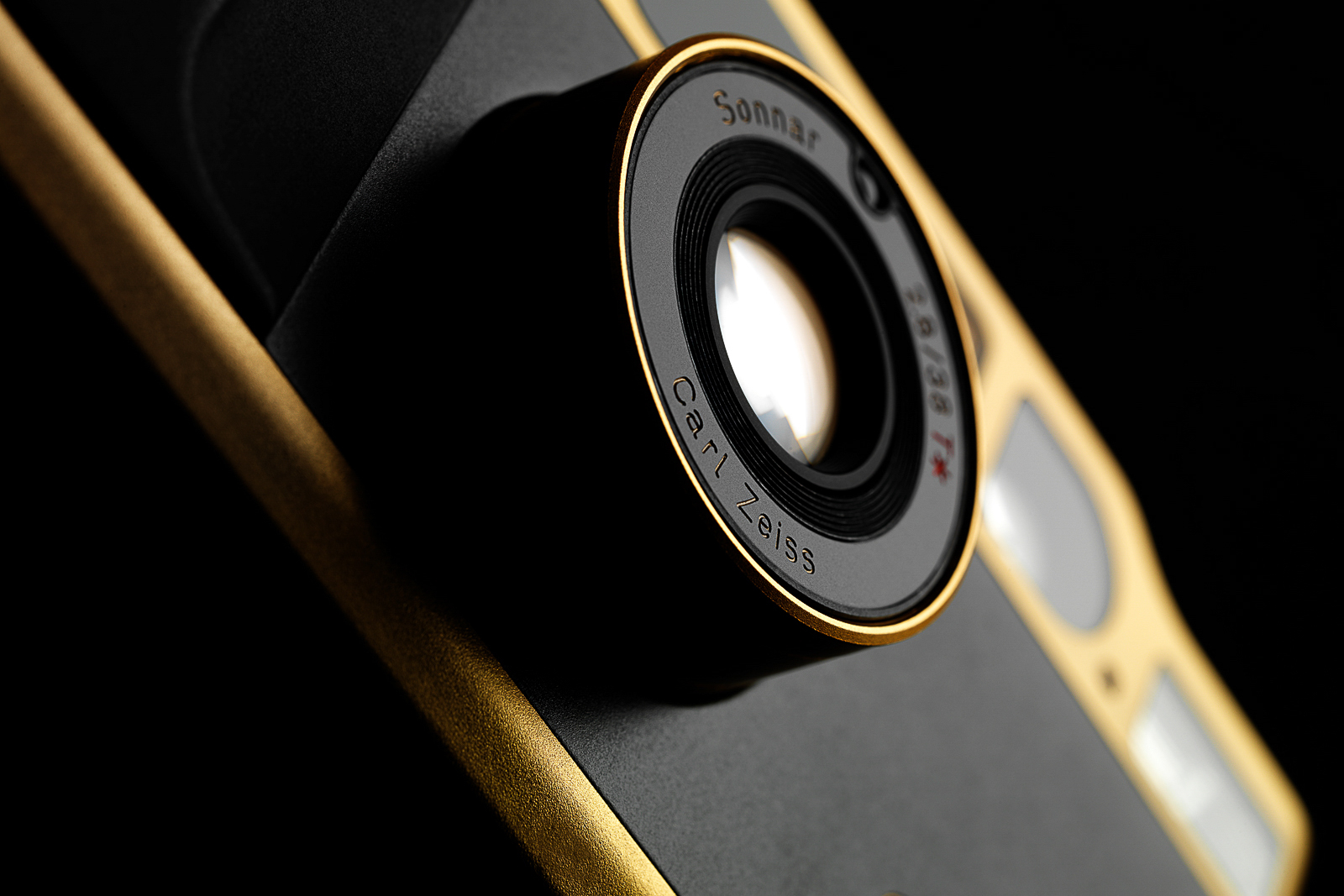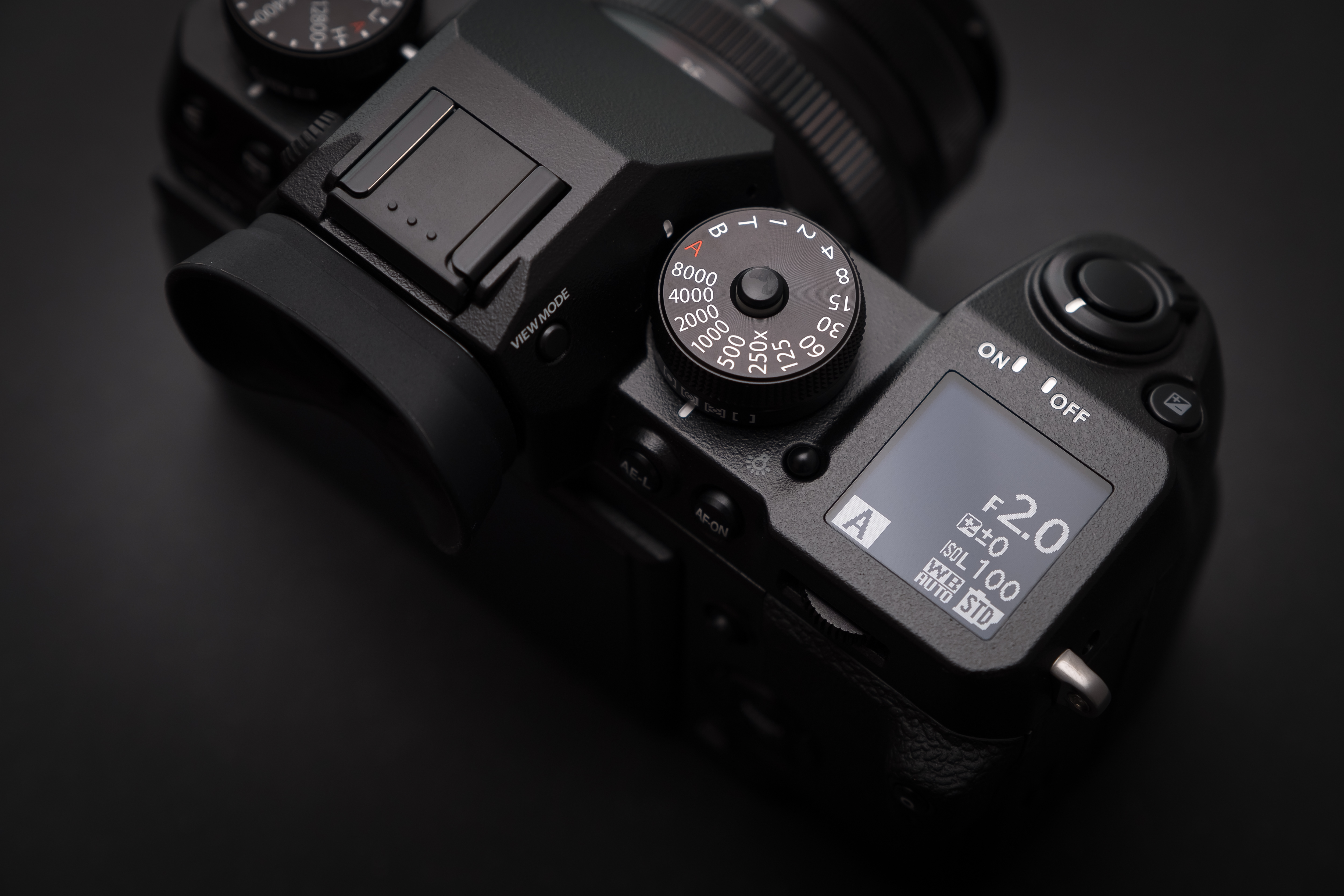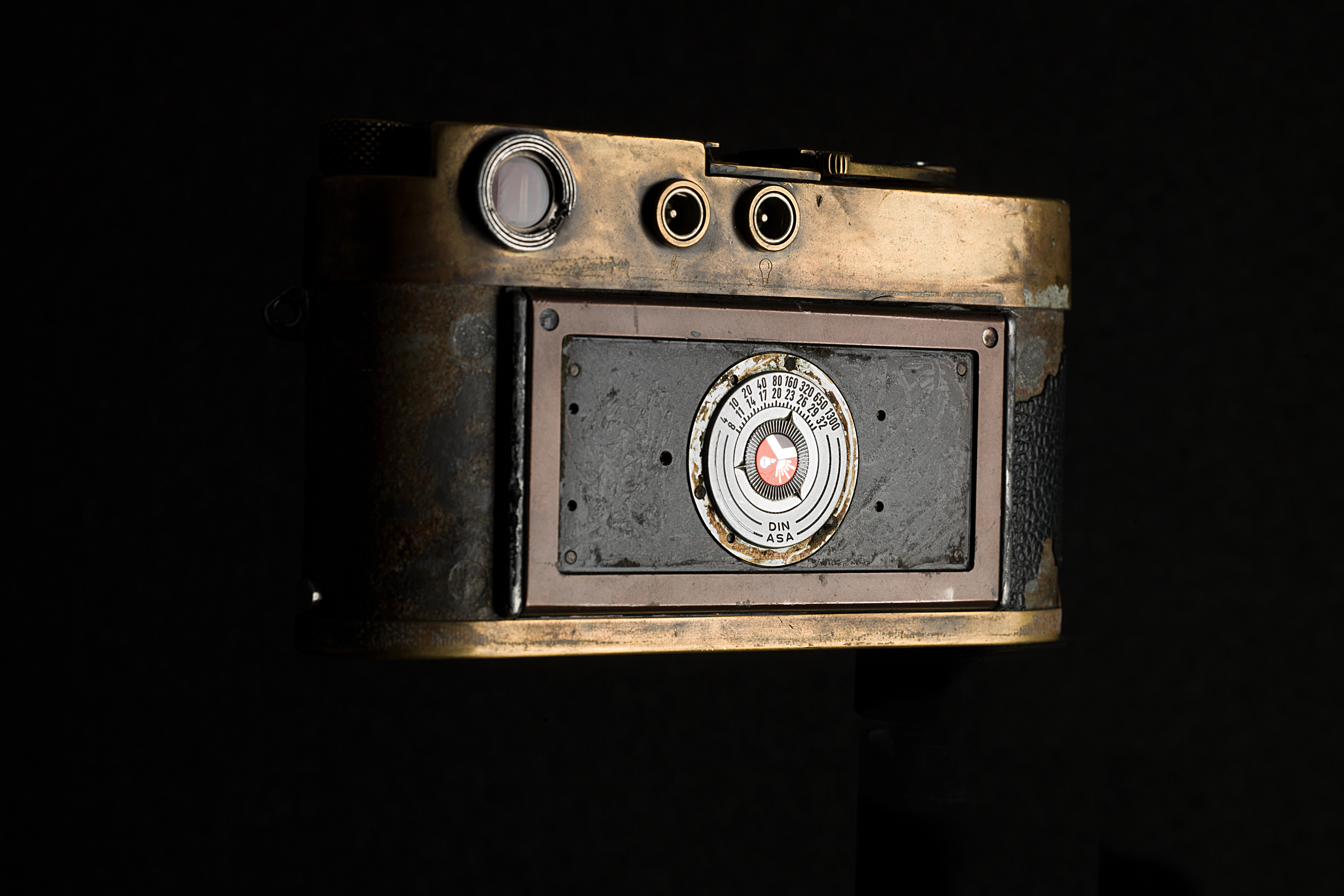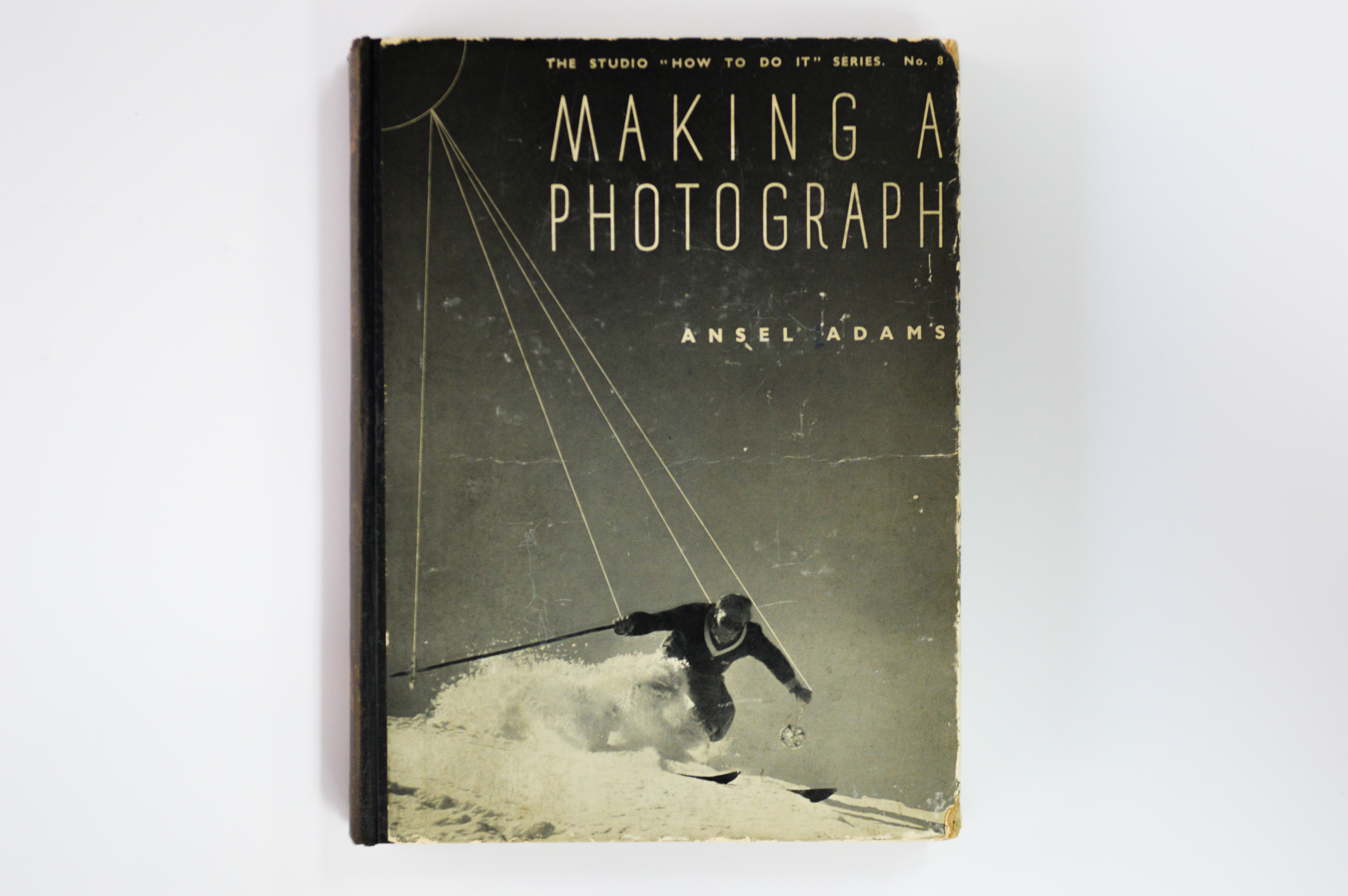
One of the great opportunities I have while working at KEH Camera is access to an amazing number of cameras and lenses that come into KEH, and also to all the photographic related accessories that sometimes accompany them.
My personal photographic education began in 1973 in Milwaukee, Wisconsin when I enrolled in the Associate and Applied Science degree program at Milwaukee Area Technical College. Introductory classes consisted of basic photography using only a 4X5 view camera and B&W film for our entire first year.
Concurrently, Ansel Adams and his work were becoming popular with the general public. His series of three books on the technical aspects of photography, The Camera, The Negative and The Print, became our “bible” while I was in school. I continued to refer to them for the next twenty-five years, and even now in our age of digital photography, I still recommend them. The basic photographic information they convey is applicable across both the film and digital worlds of photography.

One afternoon as I was walking past the KEH eBay area, I noticed a book by Ansel Adams that I didn’t know existed. Entitled “Making A Photograph”, I immediately started paging through it. Not only was I taken with the fact that this book had to be the precursor to my “bible” but also by the quality of the printing used to make the photographic plates. The copy of the book I came across was the second edition printed in 1939.
As I researched the book I discovered that by 1935 Adams had become famous in the photography world largely based on a series of articles he wrote for the popular photography press and most especially via the publication, Camera Craft. The articles were primarily technical in nature and brought a new clarity to the practical problems of photography.
These articles probably encouraged Studio Publications (London) to commission Adams to write “Making A Photograph” (1935), a guide to photographic technique and illustrated primarily with his own photographs. This book was a huge success, in part because of the quality of its letterpress photographic reproductions, all of which were printed separately from the text and then tipped onto the book page. The reproductions were so good that they were often mistaken for original photographic prints.

The “Making A Photograph” begins with a foreword by photographer Edward Weston and covers:
- equipment – camera, lens, studio and darkroom materials
- properties of the lens, camera, negative and print
- steps in making a photograph from capturing the image to making a print
- the different types of photography
- and a small section on miniature cameras and color photography.
It is easy to see how writing this book led him to expand many of these topics into the books that became the basis of my photographic education.
From there, his next step in book publishing was his widely popular book, “Examples: The Making of 40 Photographs”, using forty of his most popular images to take the reader through the steps required from finding and visualizing a scene to making the final print.

I have respected and admired Ansel’s work from my initial efforts to master the art and science of photography, and in my early years, I even tried to emulate him in my work.
Now as I contemplate writing my own photographic books, “Making A Photograph” provides insight to better understand the flow and content of my own writing structure.
The title also reflects what I was taught decades ago by my professors: you don’t “take” a photograph, you “make” one.


